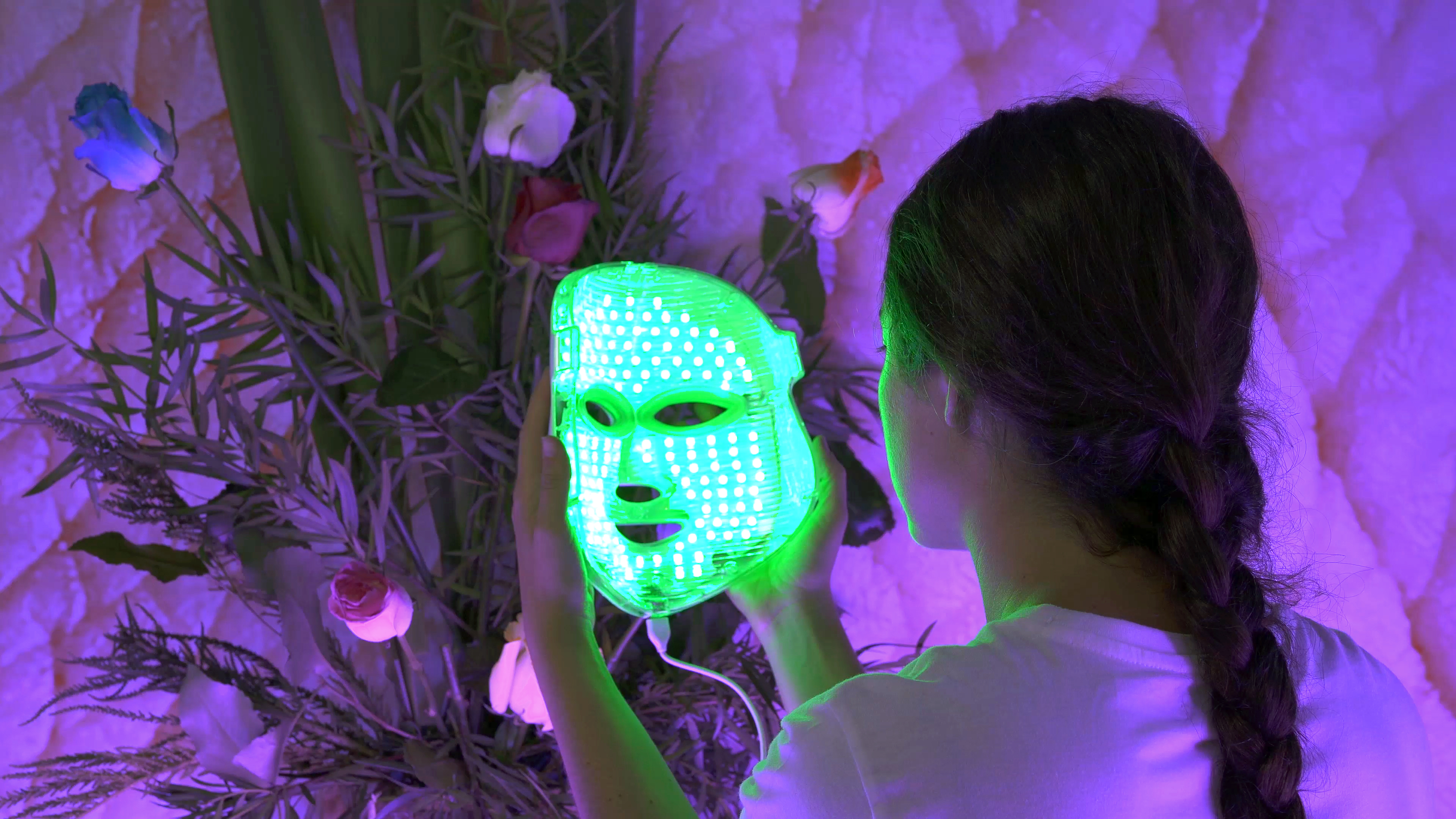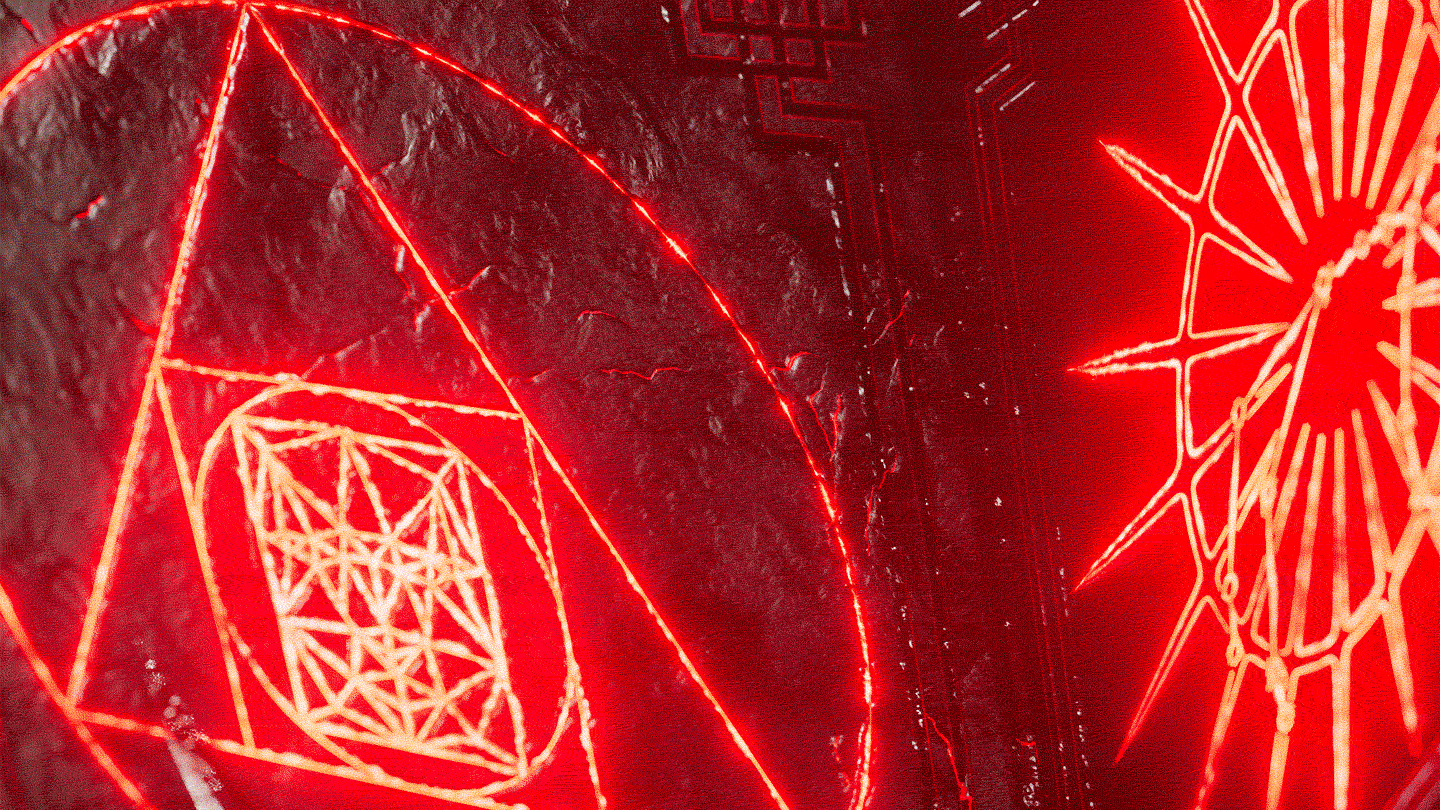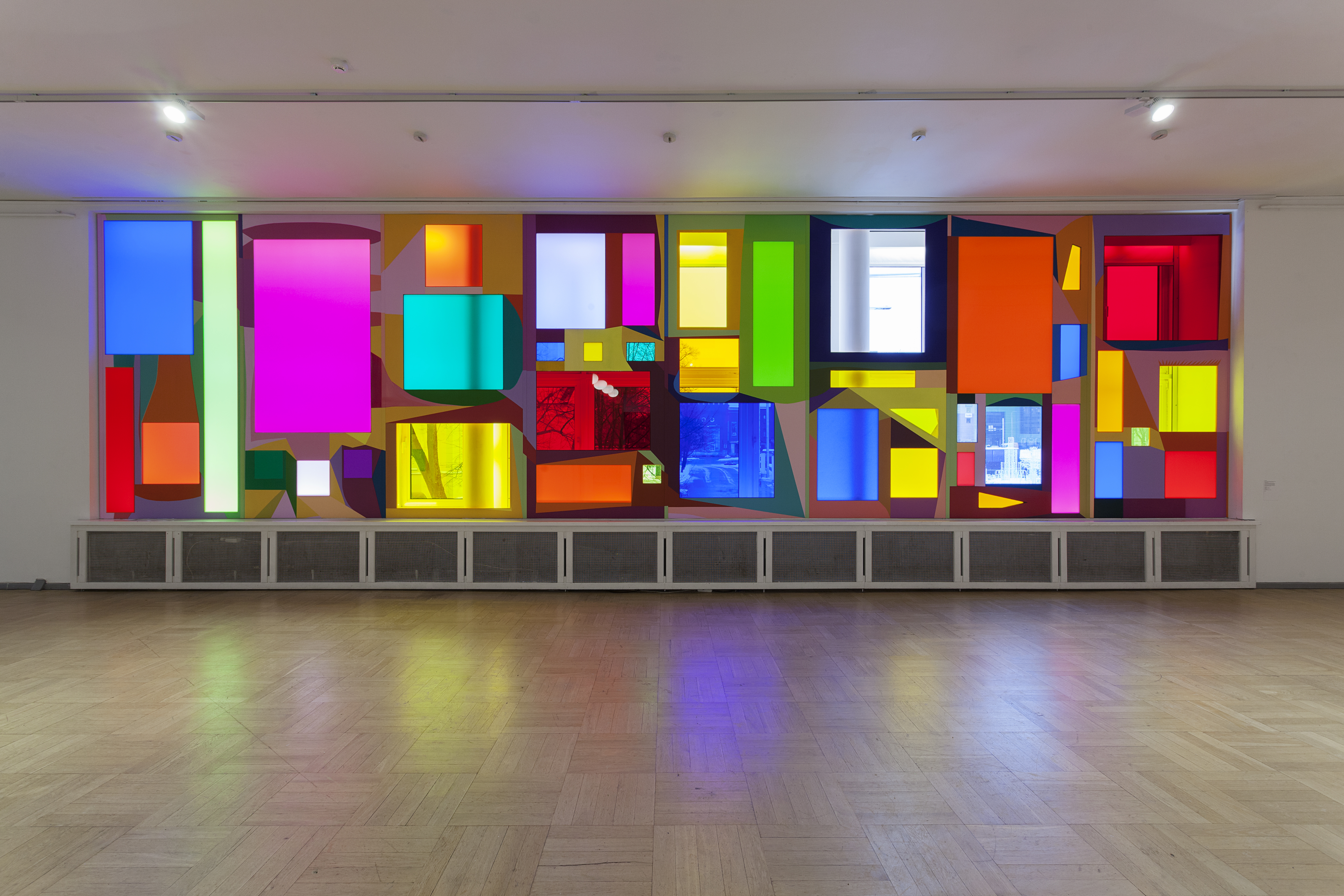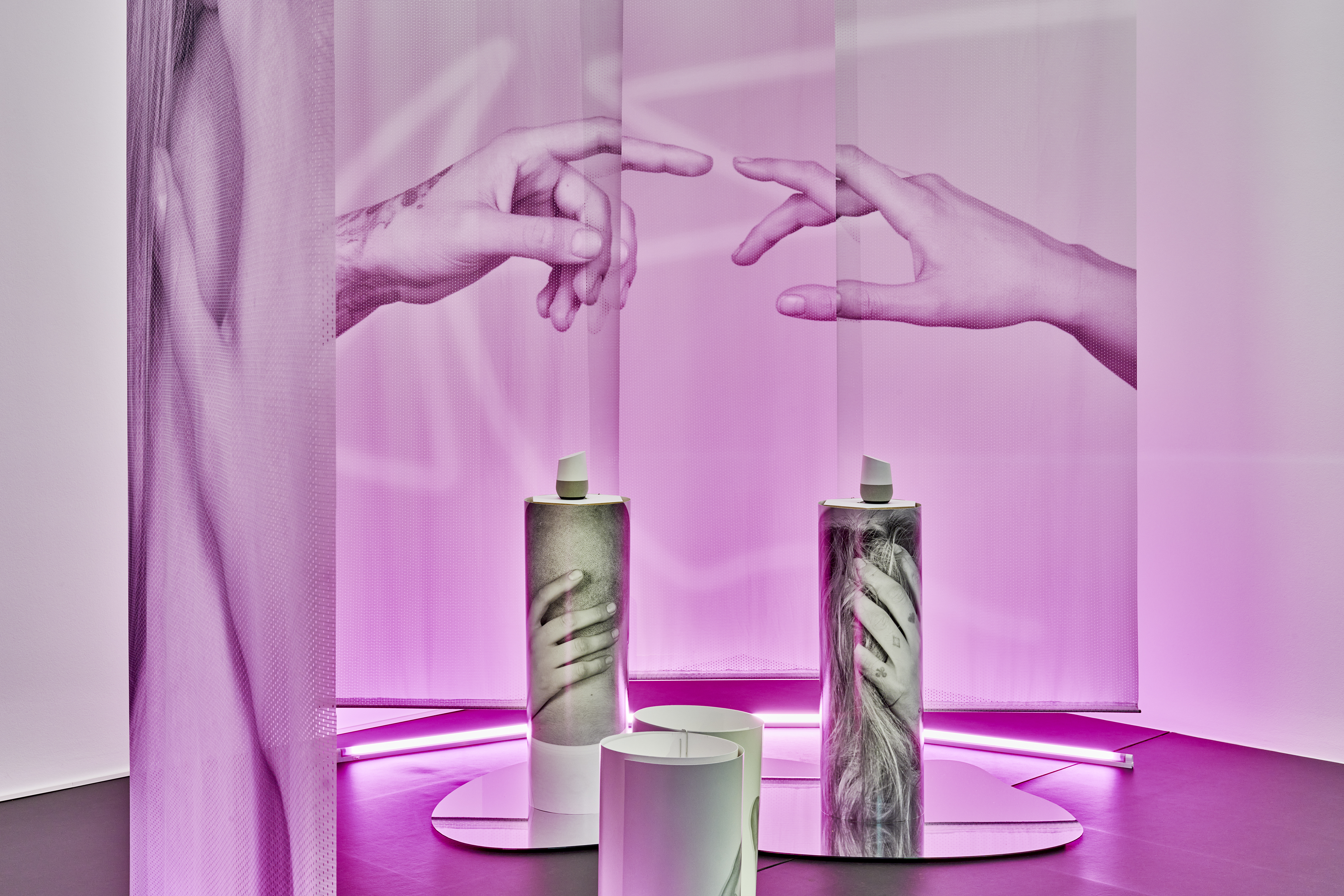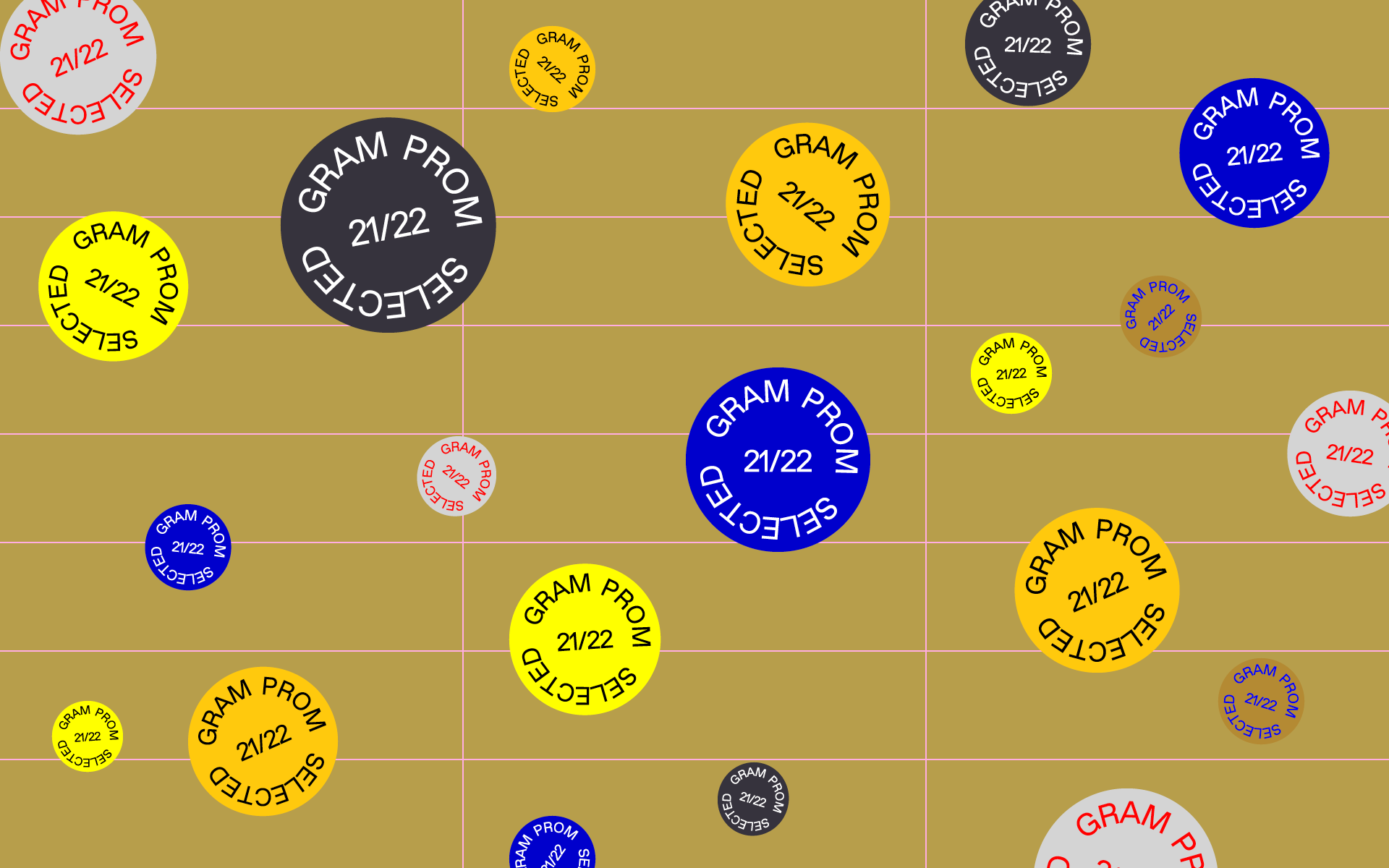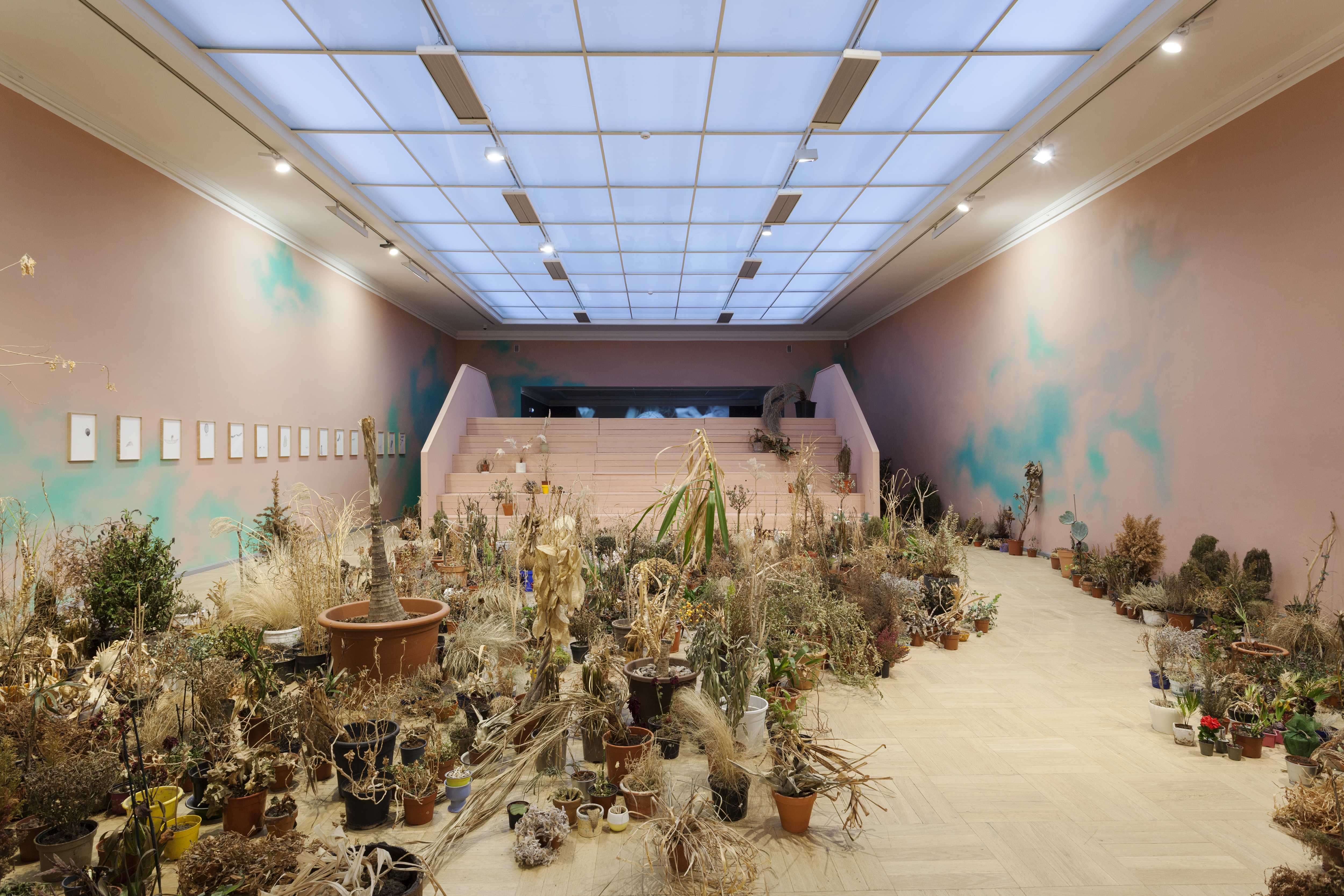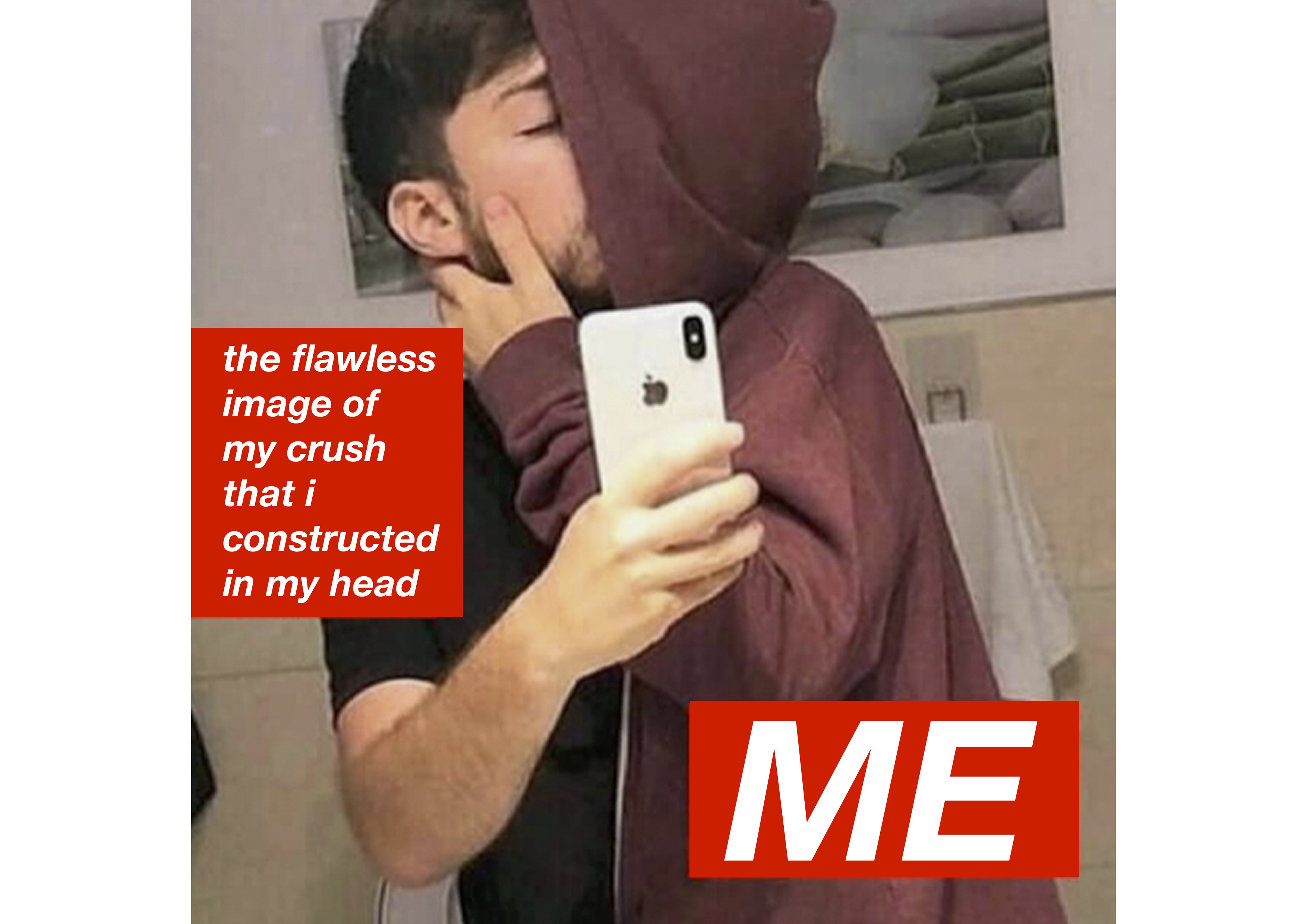Tallinn Photomonth main exhibition
October 6–November 26, 2023
Tallinn Art Hall
Tallinn 13623
Estonia
For this year's Tallinn Photomonth, an international biennial of contemporary art taking place October 6–November 26, 2023, Tallinn Art Hall's Lasnamäe Pavilion presents Trance, the biennial's main exhibition. Trance explores how artworks can complicate and aid in examining sensory experience in a technologically mediated world.
Curator: Ilari Laamanen
Artists: *Sara Bjarland, *Zody Burke, Patricia Domínguez, Veli Granö, CUSS Group, Elo-Reet Järv, *Karel Koplimets, Laila Majid & Louis Blue Newby, Norman Orro & Joonas Timmi, *Pire Sova & Ando Naulainen, Diane Severin Nguyen, Viktor Timofeev, *Anu Vahtra, Jessica Wilson. *Denotes a new commission
Entranced By technology
Ilari Laamanen
Trance states can include altered dispositions, emotions and moods. The phenomena often results from the behaviour of intense focus, and can be understood as a way for the mind to change how it filters information in order to provide a more efficient use of its underused resources. Trance may be accessed or induced by various modalities, entered voluntarily or involuntarily and be experienced both individually and collectively. It should be discussed in plural, as there is more than one altered state of consciousness.
In the context of Trance, Tallinn Photomonth 23's main exhibition, the trance relates to a heightened state of watching: the kind that borders on addictive and is often mediated through screens. The presence of these objects and their attractive glow is so mundane and pervasive that not having one could today give an individual the feeling of isolation from a social context altogether.
Exhibition as a medium
On one hand, Trance looks into the charm and allure of being engaged with technology; and on the other, the darker side of its rapid developments. The transition from photographic images to interactive screens, as well as the intimately intertwined relationship between the two, marks one of the most significant and destabilising changes in the way that humans perceive reality.
The all-pervading media reality shares a distinct kinship with contemporary art. So many artists draw not only from the information, rhetorics and aesthetics circulating in the media, but from its underlying mechanisms. In its dynamism, openness and multidisciplinary nature, contemporary art can be a fertile ground for media philosophical speculations. The theoretical questions of both traditions are closely connected not only to the present, but also to the study of time: its flexibility and fluidity.
Here, an art exhibition can be considered as a medium; a platform that enables alternative ways to interact and convey information. Approached this way, the format of an exhibition may sound mechanical, a problem we also face when defining media. Often thought of as a machine or tool - a computer, television, or radio - the media can and should be understood more broadly. The exhibition as a medium is not merely an intellectual act, it places an emphasis on a broad spectrum of emotional and visceral intelligence, just as the brain is not the only control centre in the human body.
This type of philosophical thinking about the media is not confined to categories, but sprouts on the borders of and in between them. It does not remain as an individual pursuit or expression of the self, but thrives on the edges, constantly questioning chosen areas of interest and concern, and the function of thought as an intellectual act itself. It is a crisscross or zigzag between traditions, disciplines and various modes of thought.
The potential of glitch
The artists in the exhibition absorb, hack and reformat conventional means of (audio)visual presentation. They present idiosyncratic encounters between bodies and technologies and utilise glitch as a conceptual tool. It is a split in time, a gesture that by design requires a moment of remediation and reflection. Not simply a jerky aesthetical anomaly, glitch is treated as an opportunity to benefit from a moment of disruption.
Glitch emphasises incompleteness. It’s placed within and in between the flow of data, even interrupting it, a technical error or malfunction that can’t be foreseen. For a typical user of technology, a glitch causes a headache, but it can also be approached as an experience of difference and a moment that can produce a new kind of thinking. Glitch forces a user or a spectator to stop and rethink the situation.
In this exhibition, glitch can be understood as a tool that enables a break from the technological trance. A means of stepping back, sharpening the gaze, and considering alternative viewing positions. It is an invitation to feel and be with art and images, to contemplate their potential meanings and significance no matter how complex, puzzling and ephemeral they might be.
Moving from ideals of collective behavioural patterns to phantasmagoria, the featured artworks can be experienced as critical parallels to the everyday feeds of information. They open up possibilities for reflection by reviewing one’s relationship to watching, with a wide spectrum of emotional, visceral and intellectual entanglements.
Additional programmes
In addition to the Trance, Tallinn Photomonth presents an Artists' Film Programme (curators: Piibe Kolka and Genevieve Yue) that will be screened at the Sõprus cinema on November 16 and 17 in collaboration with the Tallinn Black Nights Film Festival (PÖFF) and its Expanded programme.
The biennial's Satellite Programme includes exhibitions and events in 10 different locations around Tallinn and Tartu. Also in Tallinn's trams an urban space installation by Katerina Kouzmitcheva, a Belarusian photographer working in Poland, will be presented as the winning project of the biennial's open call.
Tallinn Photomonth's Trance is accompanied by an extensive public programme, which introduces and expands the topics discussed in the exhibition to different groups, from schoolchildren to seniors.
Partners & Supporters: Estonian Union of Photography Artists (FOKU), Tallinn Black Nights Film Festival (PÖFF), Cinema Sõprus, Cultural Endowment of Estonia, Tallinn Culture & Sports Department, Estonian Artists' Association, Artproof, DSV, Metropol Spa Hotel, Finnish Institute in Estonia, Visit Tallinn.
For international press enquiries please contact Alexia Menikou.
